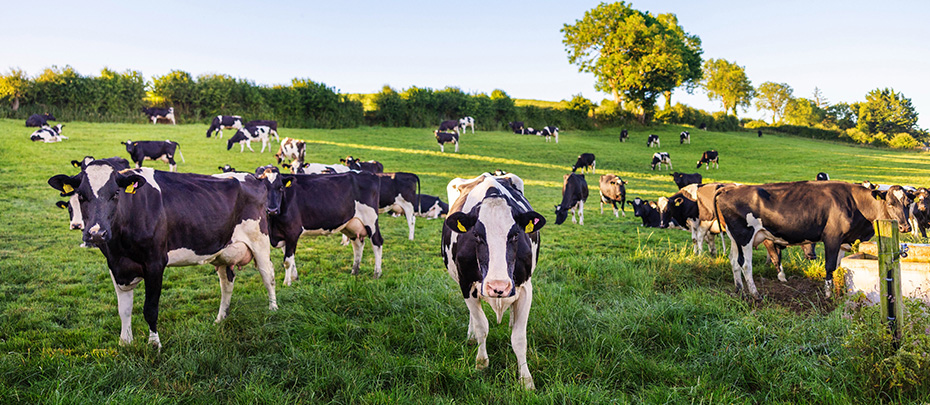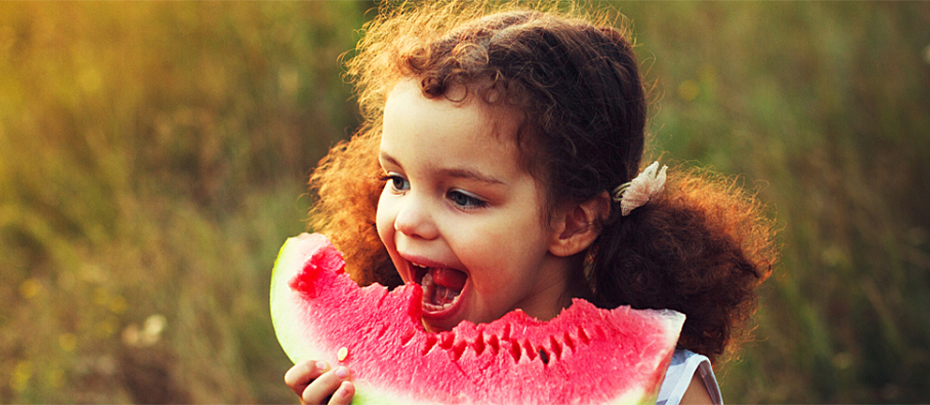3. Feed on Demand
"One of the important parts of teaching your baby how to eat is following the rule of supply and demand," Marriage says. "Babies and children have a very innate sense of how much they need to eat. Let your baby be your guide."
Similarly, remember that during the transition to solid foods — which can take around six months or longer — it's important to still regularly offer your baby breastmilk or formula. After all, during the beginning stages of the transition, 50% or most of your baby's nutrition will still come from breastmilk or formula, she says.
4. Mix Up Your Menu With Healthy Foods
Sweet potatoes and pears. More sweet potatoes and more pears. It's easy to get into a rut when introducing solids. But remember that the foods you feed your baby now can set the stage for the foods they'll eat for the rest of their lives, Marriage says. "You have a small window of opportunity to teach your baby to love healthy foods. Take it."
She recommends serving multiple vegetables (even ones you don't like!) at every meal. Before you rule out a food as a dislike, serve it between 10 and 15 times. Eating and food preferences are learned behavior, and repeated exposure to different foods will allow your baby to learn the flavor of each food, Marriage says.
And, when varying your menu, it's best not to migrate foods high in fat, sugar or salt. They can increase children's preferences for them and negatively impact their eating habits going forward.
5. Introduce Potentially Allergenic Foods Gradually
Many parents worry about how to introduce solids that may trigger an allergic reaction in their baby, so they end up avoiding foods like eggs, nuts or shellfish. But these foods are all healthy additions to a lifelong balanced diet, Marriage says. The AAP recommends that parents introduce their babies to highly allergenic foods during early life because doing so may actually prevent the development of specific food allergies.
When introducing the top eight allergen foods — milk, eggs, wheat, soy, fish, shellfish, tree nuts and peanuts — to your baby, Marriage recommends spacing each food apart by a week or more. If you notice any symptoms of food allergies in their response to a meal, such as coughing, swelling or a rash, talk to your baby's healthcare provider right away, she says. Together you will be able to determine if there are any food allergies.
Introducing the right foods early on can set your baby up for a lifetime of good nutrition and health. But take it slow, don't be afraid to experiment with your food offerings, and, most importantly, enjoy this pivotal moment in your baby's developmental journey.




Social Share